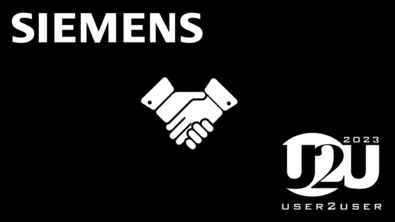Bridging the gap between semiconductor IP providers and integrators

Note: To learn more about Solido Crosscheck’s QA exchange deck, check out the whitepaper https://resources.sw.siemens.com/en-US/white-paper-the-qa-exchange-deck-in-solido-crosscheck-enables-an-ip-qualification. This whitepaper discusses how the QA exchange deck helps IP providers and integrators ensure IP quality and ease-of-integration
On November 15, Microsoft announced the Cobalt 100 CPUs and Maia 100 AI accelerators during the Ignite event. The Maia, built on TSMC’s 5nm node with 105 billion transistors, and Cobalt, featuring 128 Neoverse N2 cores, highlight the incredible complexity and production cost of these state-of-the-art chips. In the race to lower costs and accelerate time-to-market, SoC (system-on-chip) designers are increasingly relying on IP providers. These providers offer pre-design and pre-verified IPs, mitigating the risks associated with new designs and reducing both cost and time-to-market. However, this approach brings forth a distinct set of challenges that cannot be ignored, such as incompatibility at the SoC level due to inconsistencies between different IP formats, missing models, or incompatibility with EDA tools.
The IP integrator’s standpoint: IP integrators receive IPs either from internal teams or external sources. To ensure the IP that they are integrating is of the highest quality, IP integration teams need to validate the following:
- Is the IP database missing Verilog, LEF, OASIS, .lib, or other models?
- If all models are present, are they consistent with each other?
- Is this IP compatible with the design tools used?
The IP integrator requires a methodology to effectively communicate this to the IP provider so that the internal or external IP received meets the expectations of the IP integrator.
The IP provider’s standpoint: To avoid IP shipped with quality issues, the IP provider will require an internal quality standard that can be used throughout the development process. Once the IP development is complete, the QA process can be documented and sent to the customer to make them aware of the steps taken to ensure the high quality of the shipped IP.
So how do we achieve this? The key lies in creating a collaborative environment and establishing clear expectations.
Solido Crosscheck’s QA exchange deck solves this problem by creating a handshaking system between the IP provider and the IP integrator. The IP integrator can run several validation checks on an incoming IP and send this QA deck along with a qualification report to the IP provider. The IP provider can then run the same validation checks on their end to ensure that the quality of the shipped IP meets the customers’ expectation.

This handshaking system ensures timely integration and fewer hassles for both the IP provider and the integrator, and above all, captures IP QA best practices across organizations.
Interested? Learn more about Solido Crosscheck’s QA exchange deck by downloading the whitepaper here!


